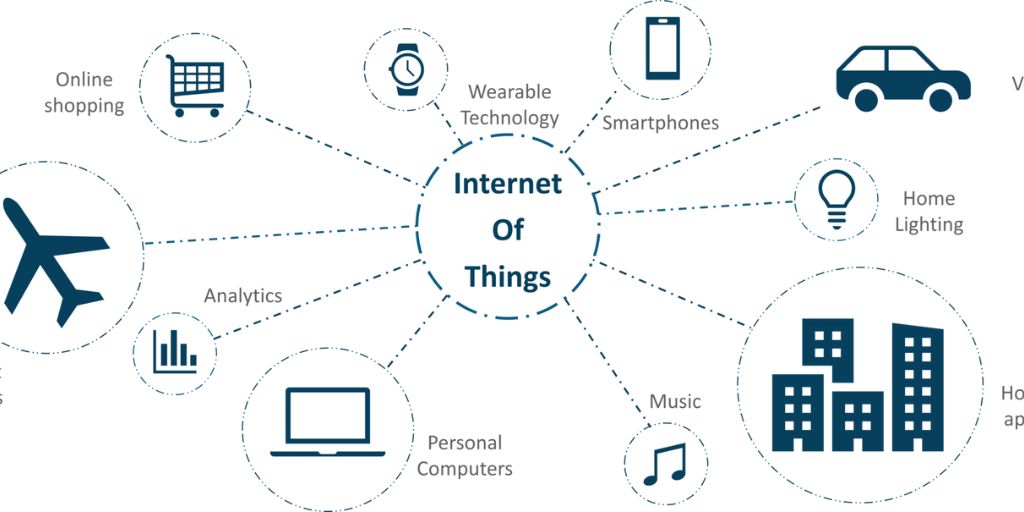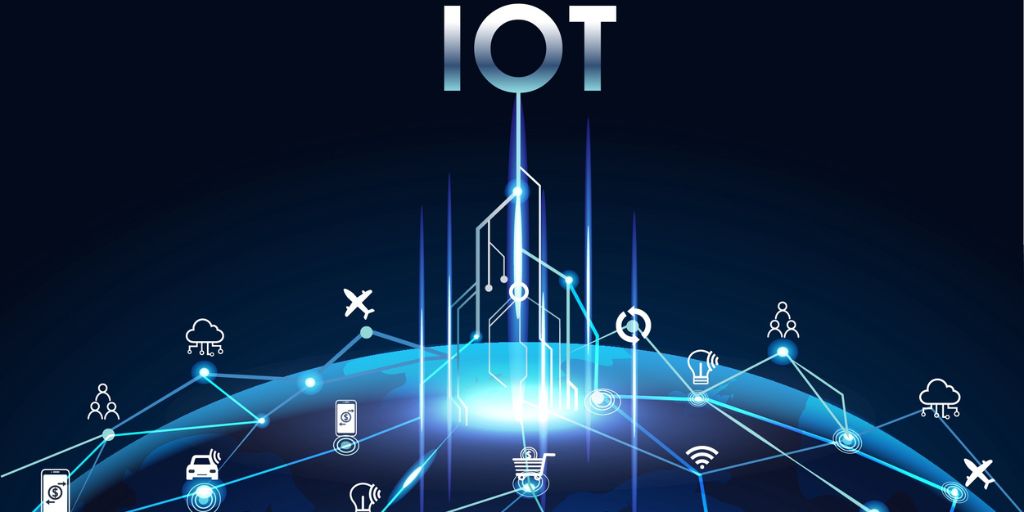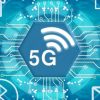Imagine if your refrigerator could remind you to buy milk, your watch could monitor your heart rate and alert your doctor if something was wrong, and your car could schedule its own maintenance. This is not science fiction — it’s the Internet of Things, or IoT, in action.
In the simplest terms, IoT refers to the network of physical objects — “things” — that are connected to the internet and can collect, share, and act on data. These objects have sensors, software, and other technologies that let them interact with their environment and each other without requiring direct human involvement.
Let’s break it down even more clearly.
How IoT Works
At the heart of IoT are three basic steps:
-
Collecting Data:
Devices have sensors that gather information from their surroundings. For example, a smart thermostat senses the temperature inside your house. -
Sharing the Data:
Once the device collects data, it sends it over the internet to other devices, servers, or apps. This could be done through Wi-Fi, Bluetooth, cellular networks, or other wireless technologies. -
Taking Action:
Based on the collected data, the device might act automatically or allow a person to control it remotely. For example, a smart sprinkler system could turn itself off if it detects rain.
In short, IoT devices sense, communicate, and respond.
Everyday Examples of IoT
IoT is already everywhere, often without us even realizing it. Here are some everyday examples:
-
Smart Home Devices:
Smart thermostats like Nest adjust the temperature based on your habits. Smart lights can turn on or off with your voice command. Security cameras send live footage to your smartphone. -
Wearable Technology:
Smartwatches like the Apple Watch monitor your fitness levels, heart rate, and even blood oxygen. Some devices can send this health data to your doctor in real time. -
Connected Cars:
Modern vehicles often come with internet connectivity that allows for live traffic updates, self-parking features, remote starting, and even software updates without visiting a dealership. -
Smart Appliances:
Refrigerators that track food expiry dates, washing machines that alert you when laundry is done, and ovens you can control from your phone are all part of IoT. -
Healthcare Devices:
Smart inhalers, glucose monitors, and even hospital beds that detect patient movement are examples of IoT improving healthcare. -
Smart Cities:
Some cities use IoT sensors to monitor traffic, control streetlights based on foot traffic, or even detect water leaks in real-time to prevent waste.
Why IoT Matters
The Internet of Things is not just about making life more convenient — it has the power to transform industries and improve the way we live.
Here’s why IoT is important:
-
Efficiency:
IoT automates tasks and optimizes processes. For instance, factories can use connected machines to predict maintenance needs and avoid costly breakdowns.

-
Data-Driven Decisions:
With more data collected by devices, businesses and governments can make better, faster decisions. A farmer using soil moisture sensors, for example, can water crops only when necessary, saving water and improving yields. -
Safety and Security:
IoT can improve safety — whether it’s through smart smoke detectors that alert your phone, or vehicles that warn you of hazards on the road. -
Health Improvements:
Wearable medical devices can monitor patients continuously, leading to quicker diagnosis and better preventive care. -
Cost Savings:
By automating and optimizing, IoT often helps save money — less energy waste, fewer repairs, and smarter resource use.
Challenges of IoT
While IoT offers many benefits, it also brings some challenges:
-
Security Risks:
More devices connected to the internet mean more opportunities for hackers. If security isn’t strong, devices could be attacked, leading to privacy breaches or even physical dangers. -
Data Privacy:
IoT devices collect a lot of personal data — where you are, what you do, and even your health stats. If mishandled, this sensitive information could be exposed. -
Interoperability Issues:
Different devices from different companies may not work well together. For example, a smart lock from one brand might not easily connect with a smart home system from another. -
Complexity:
Setting up and managing many devices can be complicated, especially for people who are not tech-savvy. -
Environmental Impact:
As the number of devices grows, so does the need for more electronic production, which could increase electronic waste if not handled responsibly.
The Future of IoT
The future of IoT is incredibly exciting and expansive. Experts predict that by 2030, there could be over 30 billion connected devices worldwide.
Some trends shaping the future of IoT include:
-
5G Networks:
The rollout of 5G technology will make IoT devices faster and more responsive, opening new possibilities for things like remote surgery and autonomous vehicles. -
Artificial Intelligence (AI) Integration:
IoT devices will become smarter by using AI to analyze data and make decisions without human input. Imagine a smart city where traffic lights change based on real-time traffic flow, without any human control. -
Edge Computing:
Instead of sending all data to a cloud server, devices will process some information locally (“at the edge”), making them faster and more efficient. -
Smart Everything:
Beyond homes and cities, we’ll see smart farms, smart factories, smart hospitals — entire systems that are interconnected and automated. -
Greater Focus on Sustainability:
Future IoT developments will likely emphasize energy efficiency and eco-friendly materials to reduce environmental impact.
Conclusion
The Internet of Things (IoT) is transforming the way we live, work, and interact with the world. At its core, IoT is about making everyday objects smarter, more efficient, and more responsive to our needs.
From smart homes and wearable devices to connected cities and healthcare solutions, IoT is becoming an invisible but powerful force in our daily lives. While challenges like security and privacy remain important to address, the future potential of IoT is vast and exciting.
In the coming years, we can expect an even more connected world — where our devices don’t just respond to our commands but anticipate our needs, making life more seamless, efficient, and enjoyable.




